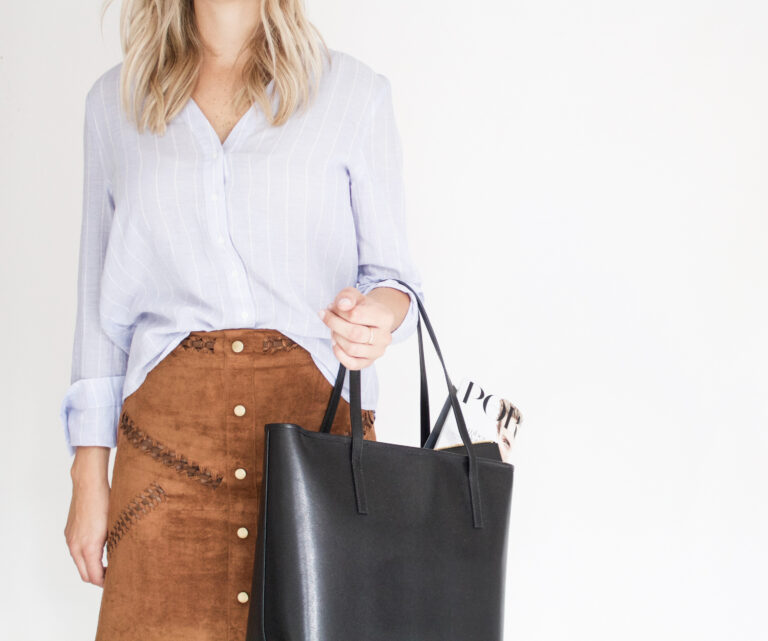How to Revolutionize Your Wardrobe with 5 Simple Sustainable Fashion Tips
Let’s face it—your closet might feel like a chaotic black hole of mismatched trends, impulse buys, and forgotten pieces. It’s like you’re stuck in a fashion slump that keeps repeating itself. But here’s the good news: sustainable fashion is here to rescue you—and your wardrobe.
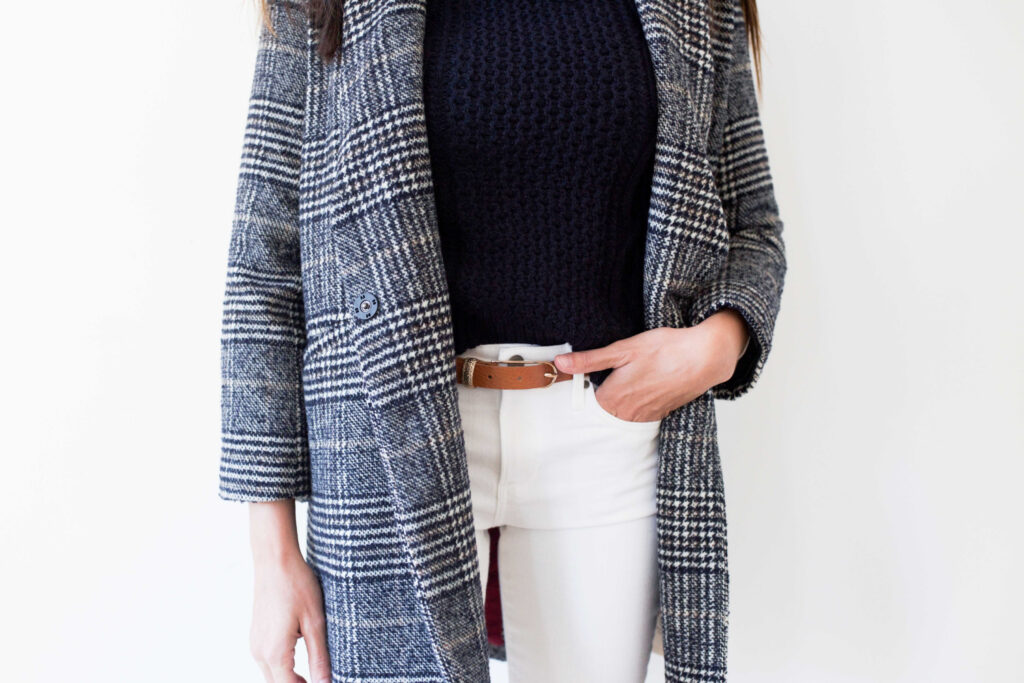
Moving away from fast fashion isn’t just about being environmentally conscious (though that is hugely important!). It’s about creating a wardrobe full of pieces that you genuinely love, wear frequently, and feel truly you. If you’ve been eyeing those minimalist closets or dreaming of finally making use of (and loving) everything in your wardrobe, these 5 tips will get you there. Let’s revolutionize your closet and make it effortlessly sustainable.
1. Embrace the “Capsule Wardrobe” Mindset
To start, one of the easiest ways to make your wardrobe sustainable is by adopting the capsule wardrobe approach. But what exactly does that mean? A capsule wardrobe is a collection of carefully selected, versatile, high-quality items that can be mixed and matched to create endless outfit combinations.
Why Should You Try It?
Here’s why it’s game-changing:
1. It keeps your wardrobe functional rather than cluttered.
2. It pushes you to prioritize quality over quantity.
3. Most importantly, it makes getting dressed easier and quicker!
For example, think neutrals, classic silhouettes, and timeless fabrics. Items like an oversized white shirt, high-waisted black slacks, and a neutral blazer can be styled multiple ways for various occasions. This way, you eliminate the frustration of feeling like you have “nothing to wear.”
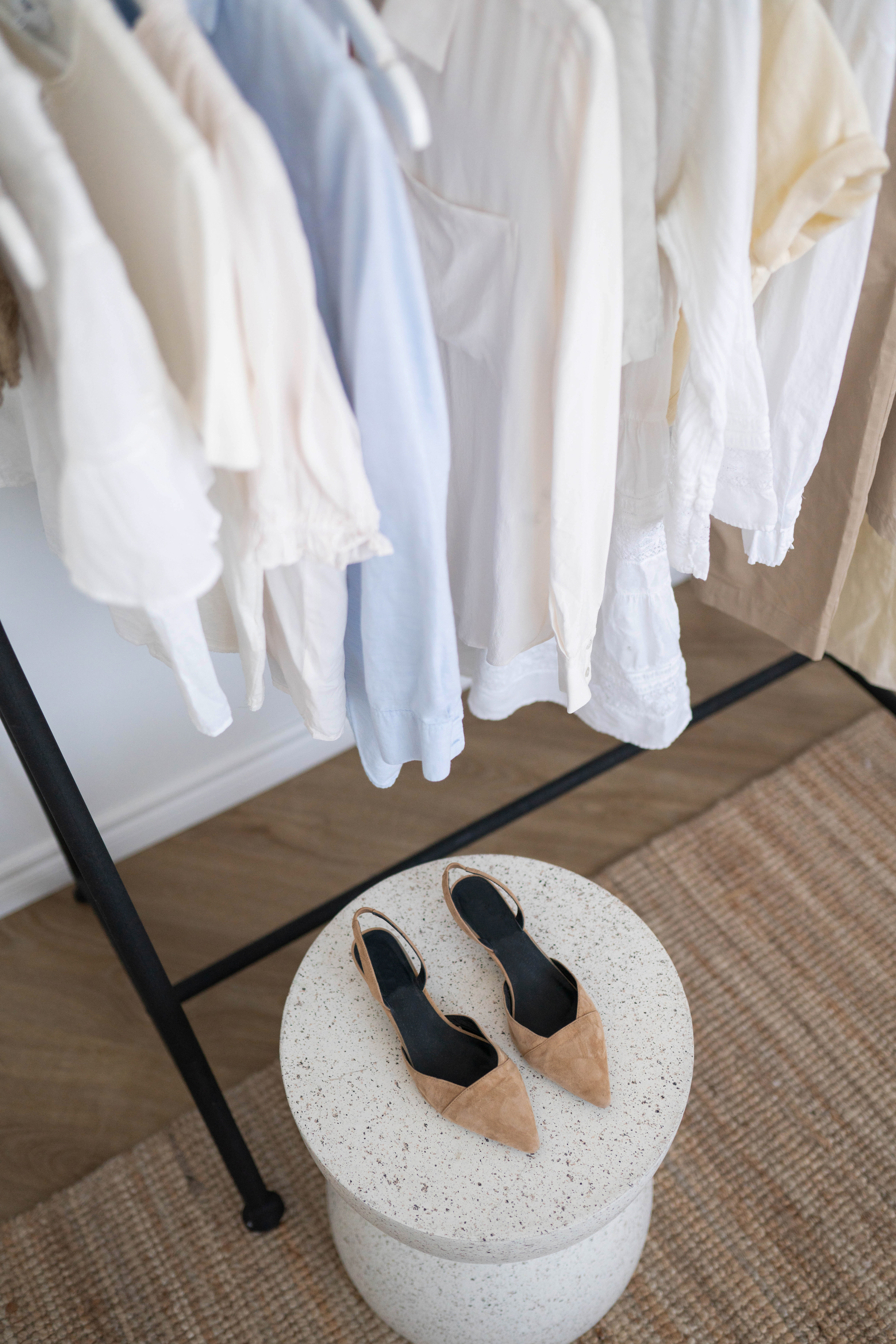
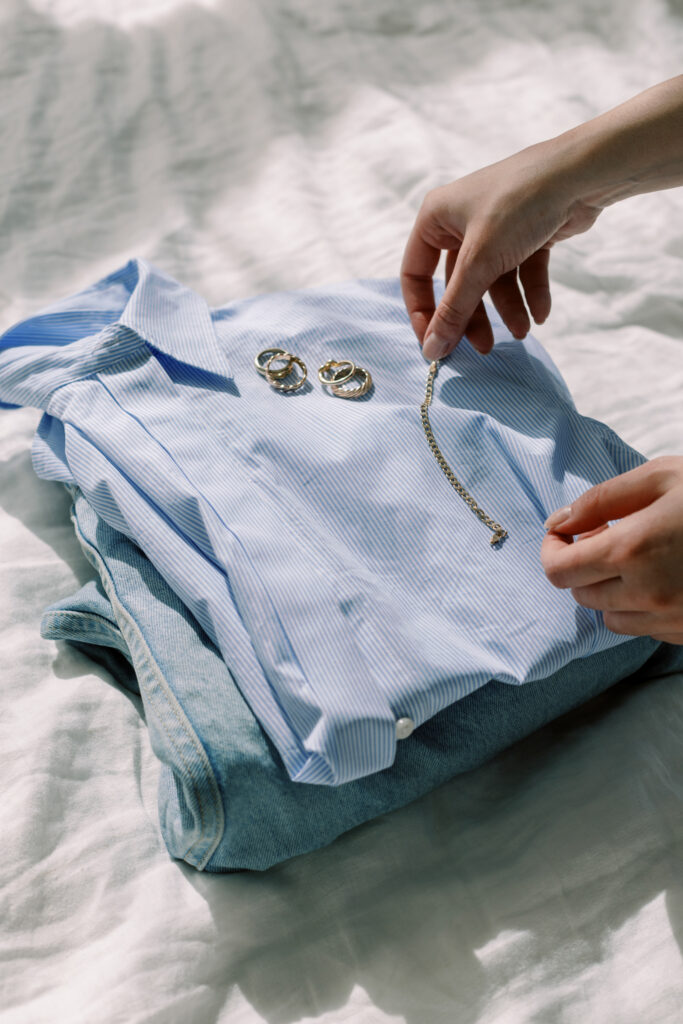
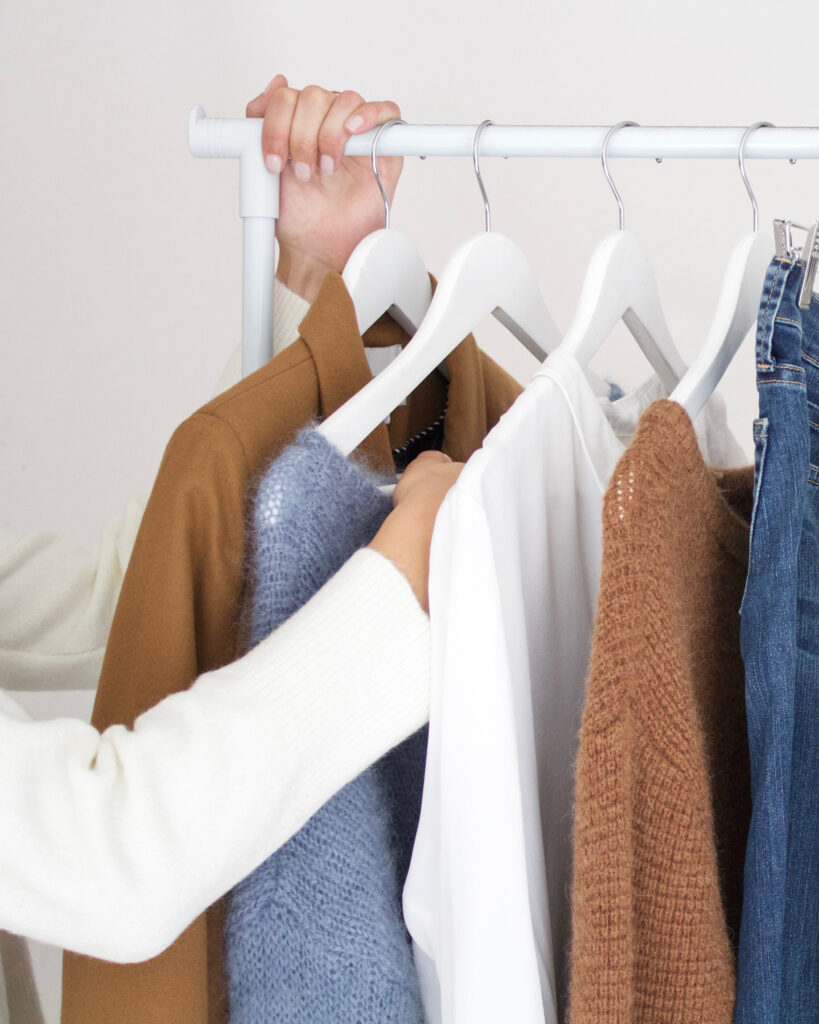
Learn more about creating capsule wardrobes on Sustainable Baddie.
2. Shop Secondhand: Give Clothes a Second Life
Next, let’s talk about secondhand shopping. Rather than rushing to “add to cart” whenever a new trend hits Instagram, slow down and browse secondhand options. Shopping thrifted and vintage pieces not only reduces waste but also gives you access to unique garments no one else is rocking.
Why It’s Worth It
Here’s the deal: Every piece you buy secondhand prevents additional carbon emissions and reduces the chances of garments ending up in landfills. In fact, according to FashionUnited, buying just one secondhand item reduces waste by up to 30% compared to buying new.
Where to Shop Secondhand:
- Online: Platforms like ThredUp, Poshmark and Depop make finding pre-loved treasures a breeze.
- In Store: Hit up your local thrift shop or consignment boutique for hidden gems.
Additionally, shopping secondhand is great for building a one-of-a-kind wardrobe. So why settle for mass-produced pieces when you can rock something totally unique?
3. Prioritize Fabrics with Less Impact
Now that you’re building a sustainable wardrobe, let’s focus on materials. Clothing fabrics play a huge role in sustainability. For instance, synthetic fabrics like polyester and nylon shed microplastics into the environment every time you wash them, whereas natural materials like organic cotton or Tencel are biodegradable and eco-friendly.
Key Fabrics to Look For:
- Organic Cotton: It uses less water and avoids harmful pesticides.
- Tencel and Modal: Made from wood pulp, these fabrics are breathable and sustainable.
- Recycled Fabrics: Brands like Patagonia use recycled polyester and nylon to reduce waste.
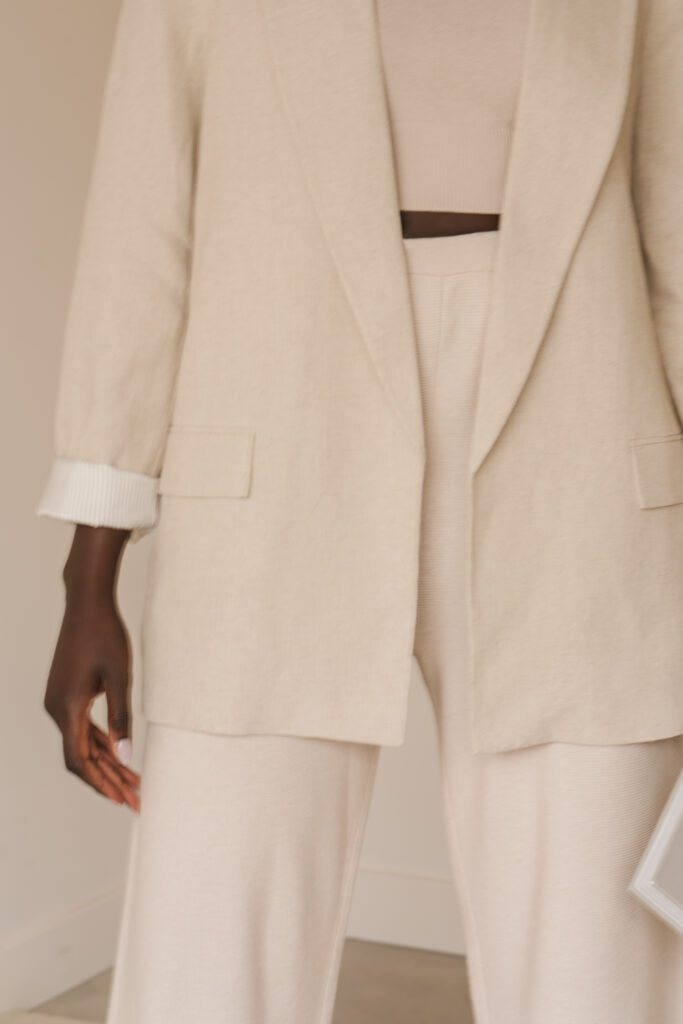
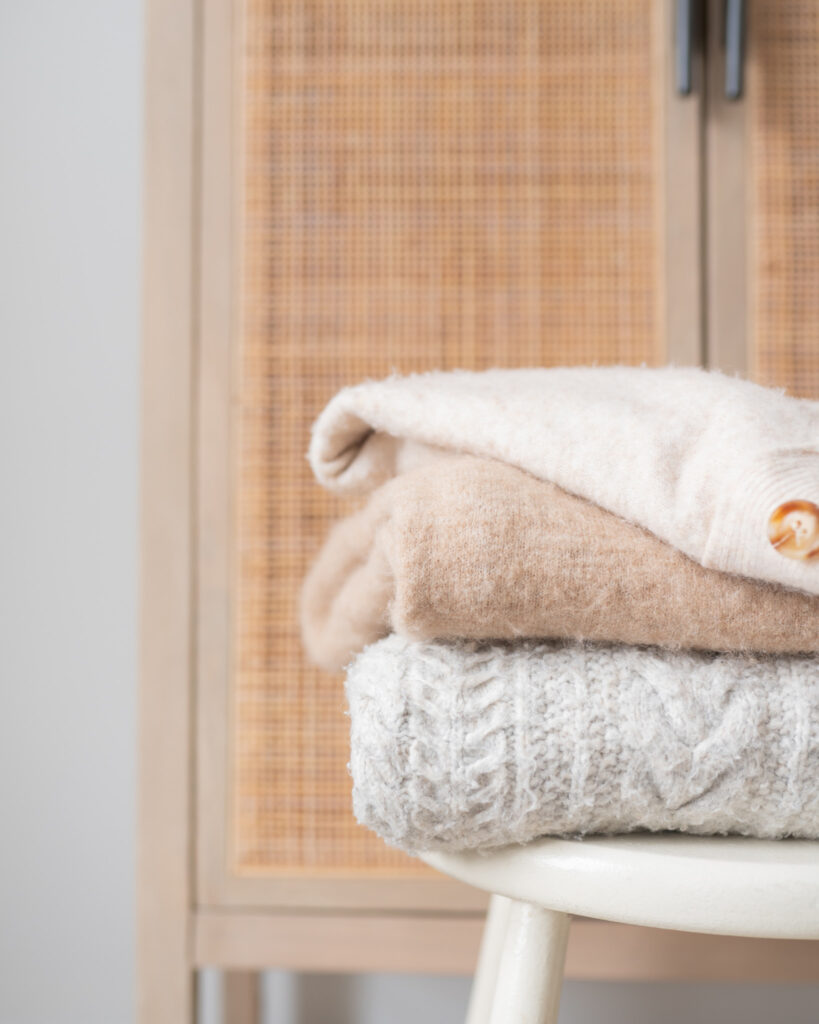

Pro Tip: Be mindful of certifications like GOTS (Global Organic Textile Standard) or OEKO-TEX, which ensure the fabric meets ethical and eco-friendly standards.
ShopStyleBar offers a guide to earth-friendly fabrics.
4. Repair, Repurpose, and Reinvent
Furthermore, before tossing out that slightly worn shirt or those jeans with a hole in the knee, ask yourself: “Can this be fixed or transformed?” Repairing and repurposing your clothes can extend their life cycle, saving money and reducing waste.
Ideas to Try:
- Patch It Up: Add colorful or artistic patches to turn tears into designs that are uniquely yours.
- Repurpose Creatively: Transform oversized shirts into crop tops or comfy loungewear.
- Refresh Old Favorites: A new dye job or updated buttons can instantly refresh tired pieces.
DIY too intimidating? Many cities now have mending cafes or seamstresses who specialize in giving clothes new life.
Learn more about extending the life of your clothes from Sumissura.
5. Support Sustainable Brands
Lastly—but definitely not least—consider supporting sustainable fashion brands. These companies prioritize ethical manufacturing, eco-conscious designs, and transparency in their supply chains, offering high-quality garments with minimal environmental and social impacts.

Brands Making a Difference:
- Everlane: Known for its transparent pricing and timeless designs.
- Reformation: Stylish clothing with a commitment to sustainability.
- Girlfriend Collective: Eco-friendly activewear made from recycled materials.
When evaluating brands, look for clear sustainability commitments and certifications like Bluesign, Fair Trade, or GOTS.
Pro Tip: Build a “Wishlist” and save for thoughtful purchases rather than impulsively buying 10 items on sale that may end up sitting in your closet.
Bonus Tips for a Sustainable Closet Overhaul
Because every little step matters, here are some bonus ideas that can make a big difference:
- Rent Fashion for Special Occasions: Instead of buying outfits, consider renting from platforms like Rent the Runway. This reduces waste and costs for rarely-used pieces.
- Donate Unwanted Items Thoughtfully: Partner with initiatives like Dress for Success to give unused clothes a second chance.
- Wash Smarter: Use cold water and invest in a Guppyfriend Washing Bag to catch microplastics.
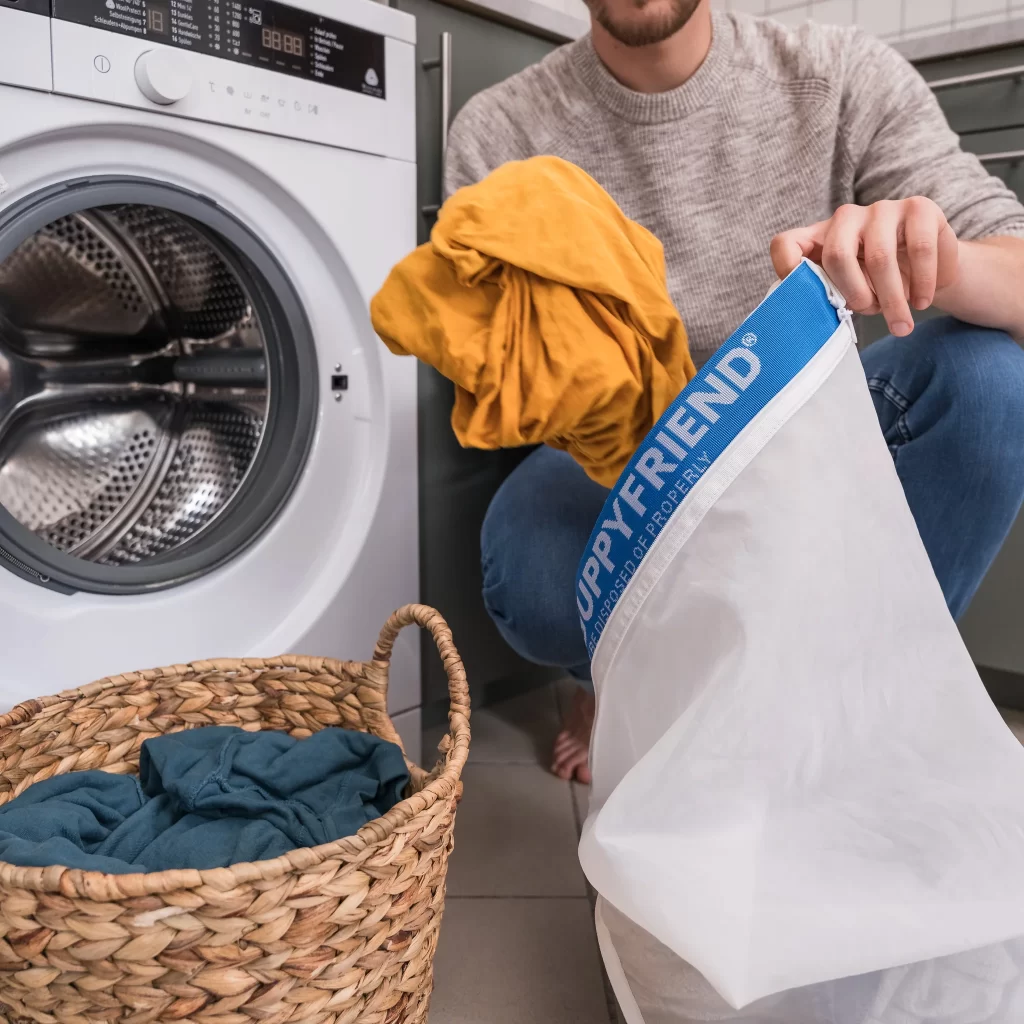
Why Sustainable Fashion Matters
It’s tempting to think that one small sustainable choice won’t make a difference. But if every person kept clothes an extra 9 months instead of discarding them, it would reduce carbon, water, and waste footprints by 20-30%, according to Refinery29.
Making these changes isn’t about perfection—it’s about progress. Every garment you repair, every secondhand purchase, and every eco-conscious brand you support contributes to a better fashion future.
Final Thoughts
In conclusion, sustainable fashion is about making thoughtful choices that benefit both you and the planet. By incorporating strategies like curating a capsule wardrobe, prioritizing sustainable fabrics, or digging into secondhand gems, you can transform your relationship with fashion.
Remember, every small change—whether it’s repairing a shirt, trying thrift shopping, or supporting eco-conscious brands—adds up. So, next time you’re staring at your wardrobe feeling uninspired, let these tips guide you to a wardrobe that not only reflects who you are, but is also eco-friendly.
It’s about creating a collection of pieces that tell a story—of eco-conscious choices, timeless style, and a commitment to leaving the planet better than you found it. By embracing sustainable fashion, you’re not just upgrading your closet; you’re redefining how you view fashion itself. Every quality item carefully selected, every worn piece lovingly repaired, and every thrifted treasure cherished serves as a step toward a wardrobe that empowers both your confidence and the environment.


